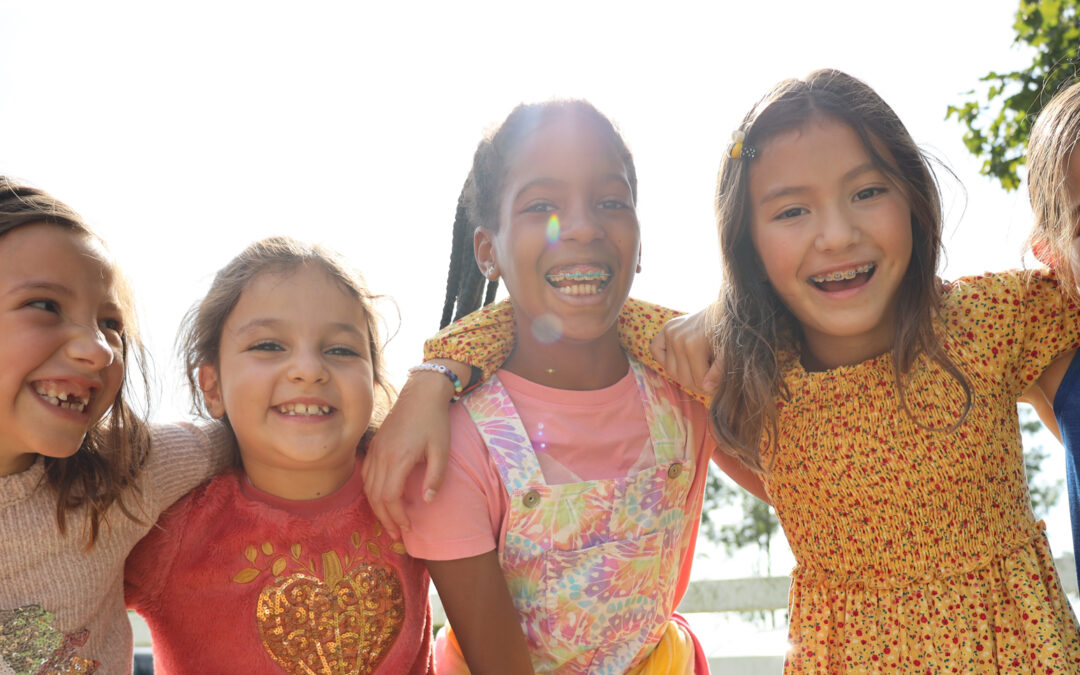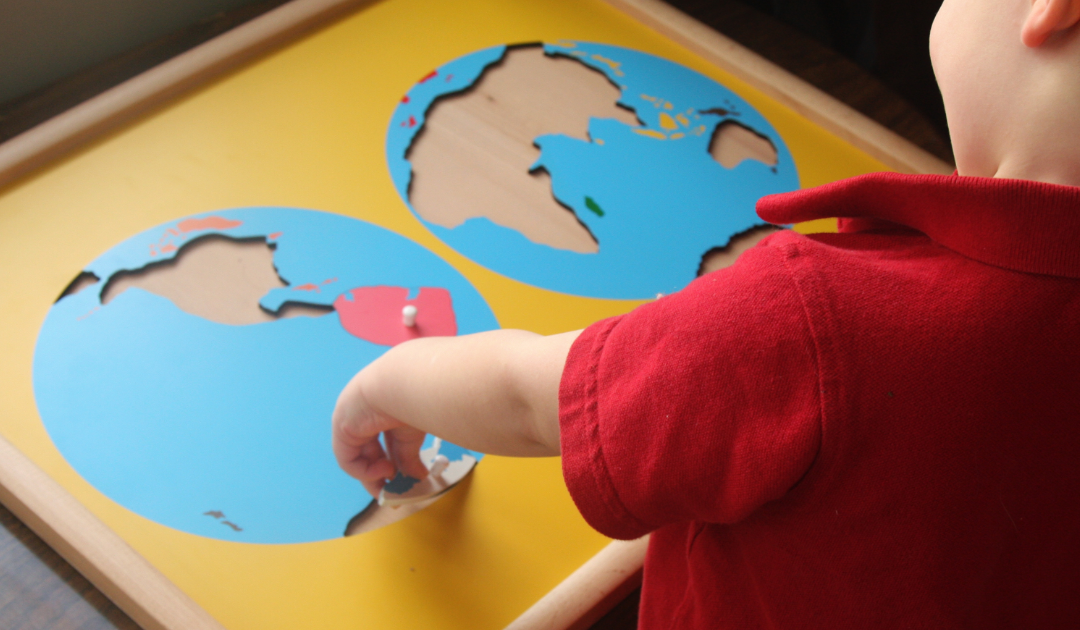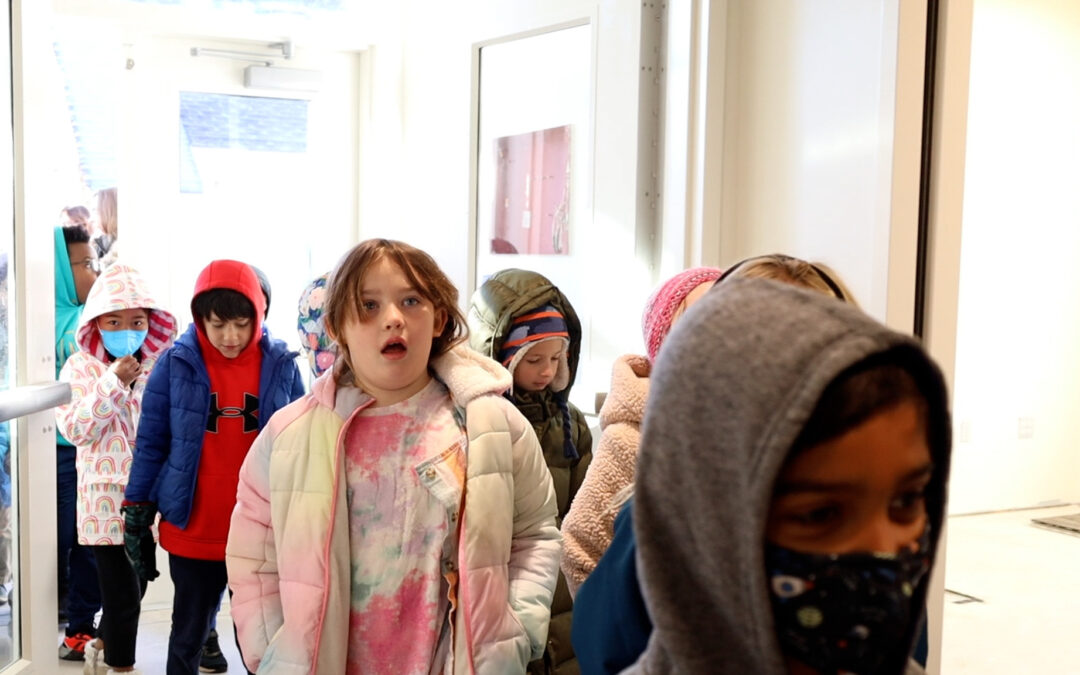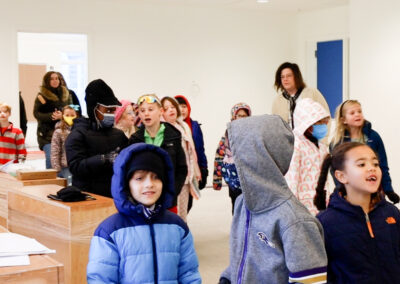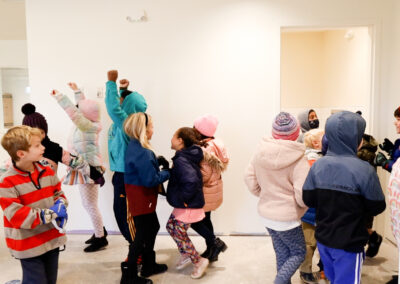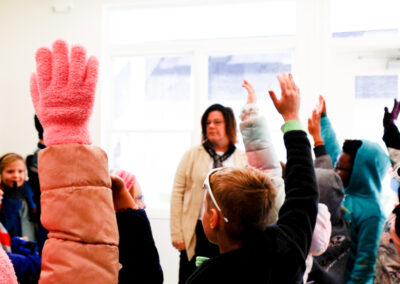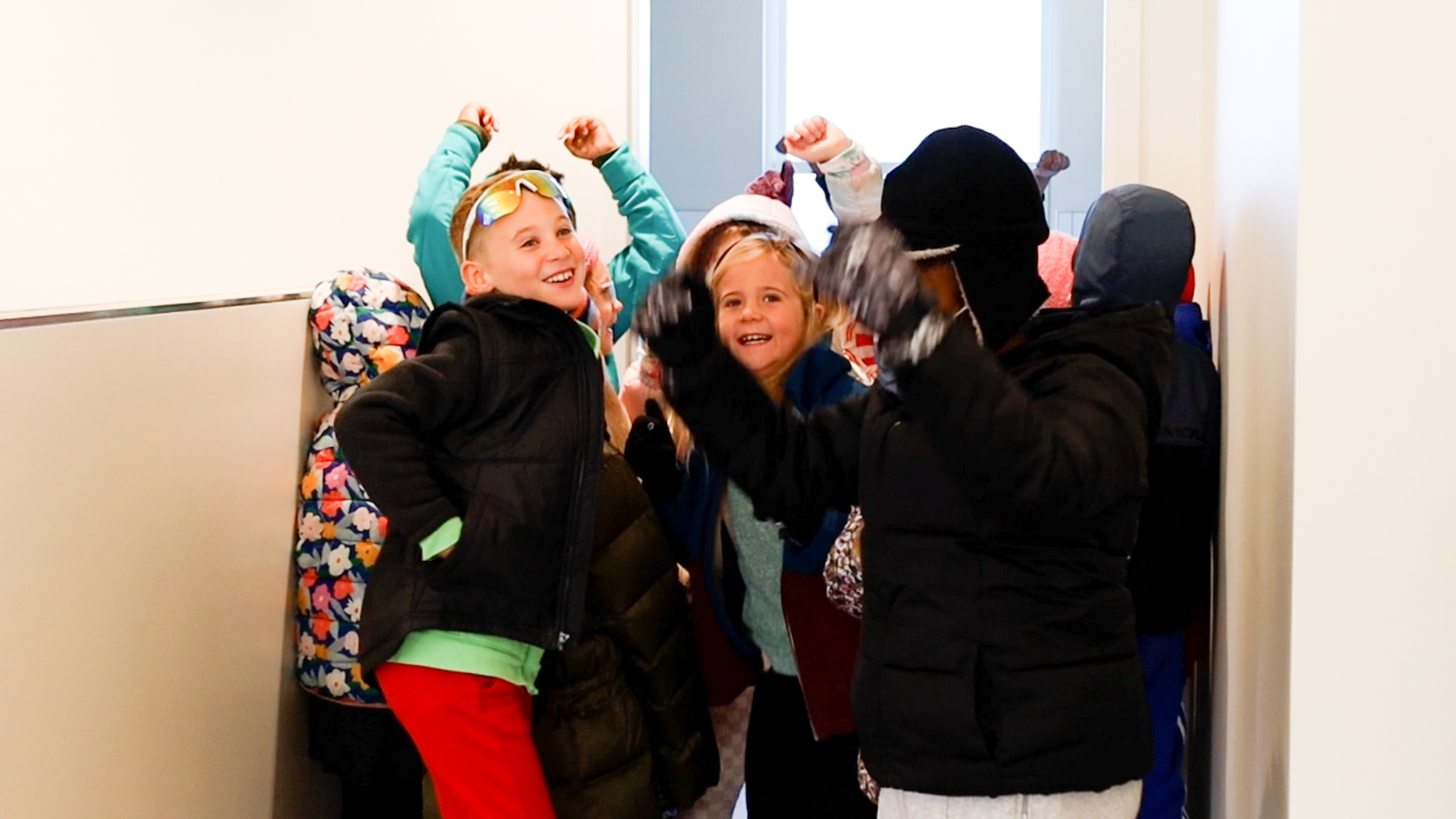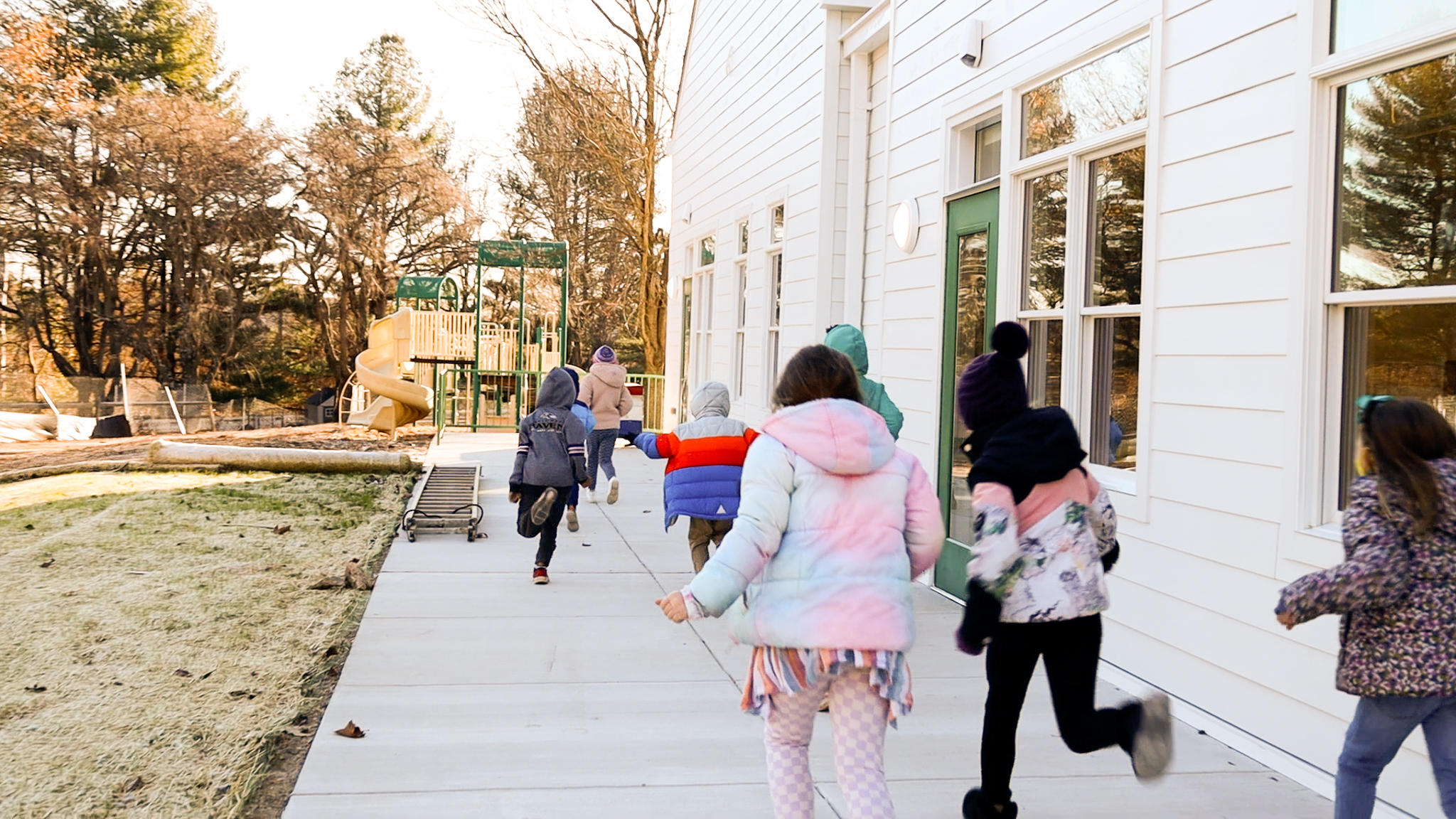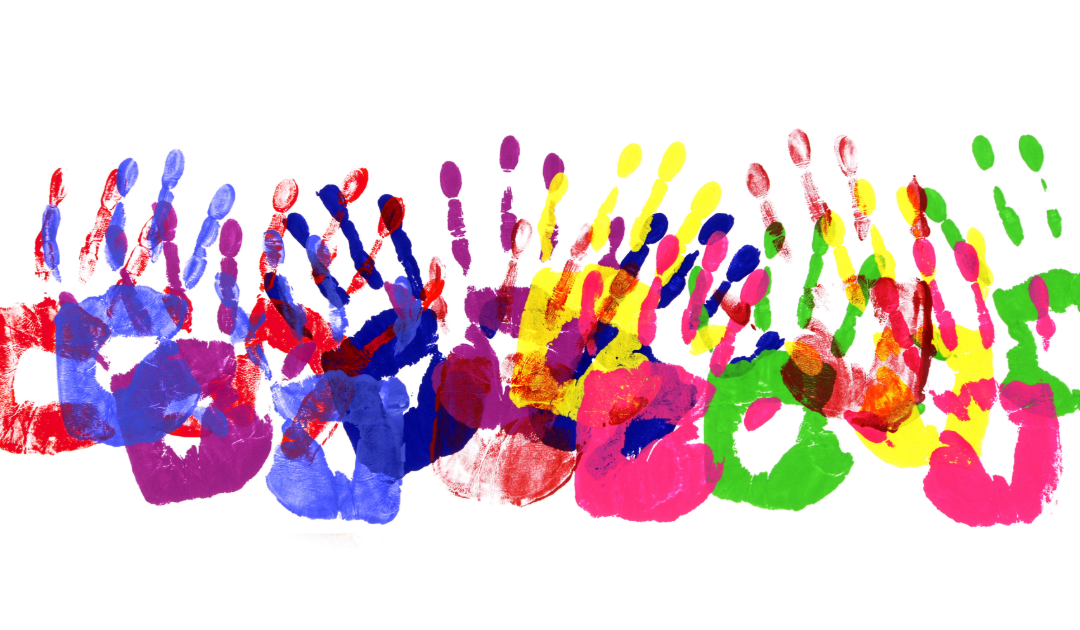
Diversity, Equity, Inclusion, and Belonging Goals in the 2023-24 School Year
Diversity, Equity, Inclusion, and Belonging (DEIB) work for Greenspring is, at its essence, the commitment to creating affirming spaces and environments, where we acknowledge everyone for who they are and actively work to honor their identities to the best of our ability. We work to increase our knowledge levels to be culturally sensitive by tuning into each person’s unique needs, whether it be a cultural practice, an access need, their correct terminology, or an accommodation.
We are so very lucky that 125 years ago, far ahead of her time, Dr. Maria Montessori built a peace education curriculum to support the work of Diversity, Equity, Inclusion, and Belonging, and was nominated for two Nobel Peace Prizes for her important work. Yet even with our unwavering adherence to Dr. Montessori’s tenets, we know we must forward the work, taking a stand for equity and justice as models for our children and adolescents. The lived experiences of children now are vastly different than 125 years ago, thereby necessitating new learning, modalities, and modeling to meet the needs of today’s learners. We do this work so that our children have the foundation to move through the world with a deeper understanding of and care for humanity.
To do this, we need to work with both the adults and the children in our community to build an appreciation and celebration of ourselves and others into our daily practices and to provide an understanding of our individual biases to help us all expand our ability to see and accept others. This work has been evolving continuously at Greenspring over the past five years. For a detailed history of our work, please take a look at our blog A History of DEIB Work at Greenspring.
What is our current focus of Greenspring’s DEIB work?
Our focus for this year is multifold.
-
We are working to support the integration of our new Equity and Belonging Coordinator into our community. Our staff professional development and the lessons themselves are created by our DEIB Committee, a volunteer group of deeply committed, hard-working staff members invested in making sure that our community and children have the opportunity to discover and explore a wide variety of backgrounds and cultures. As you might imagine, this work has been incredibly time-consuming — and our Committee Chairs shared with us over the past two years that there was simply not enough time to do the work fully, and that we needed someone on staff dedicated to this work. We agreed, and this year we have brought on our first-ever Equity and Belonging Coordinator to support our efforts.
Research shows that often people in these roles have short tenures in school communities, particularly when the role is a new one. Given the emotional nature of the work, the burnout rate is high. Thus, we are focused on integrating this role into our community and ensuring that we provide the support and guidance needed.
-
Our community is engaged in an equity audit, using the American Montessori Society’s book, Equity Examined, which was created to give Montessori schools a comprehensive and step-by-step plan for evaluating our policies and practices through an anti-bias, antiracist lens. Our Guides and Administrators are working through a series of questions and processes to help us understand exactly where we are in this work, where we have unconscious bias, and where we need to be focused moving forward.
-
We are continuing our professional development for our staff. Guides have been meeting by level, learning about books and other resources available to them as they learn and develop lessons to support inclusion of all. The focus, to date, has been on gaining comfort with and a deeper understanding of some key concepts of equity work, creating connections with each other, reading articles designed to explore how our biases can influence our behaviors, and collectively discussing shared needs and solutions to commonly-experienced situations, all of which we will continue to focus on as we build our antiracist, anti-bias practices. Our full staff will also be participating in a workshop in February on how to work with children when challenging topics arise.
-
We are listening to our families. We have hosted Family Listening Sessions where those who attended shared their experiences related to diversity, equity, inclusion, and belonging with us and with each other. The goal of these sessions is to create a space for conversation, listening, and understanding so that we can become more comfortable in these conversations and use each other’s questions and experiences to guide further discussions with each other and our children.
-
We are continuing to implement lessonscreated over the past three years utilizing the above goals, growing our capacity to teach these concepts well. For instance, we have noticed that the lessons we created in the first year need to be revisited and supported in our classrooms, and the work of both celebrations and family structures keeps us quite busy. We recognize that families would like more information about this and are working on adding our DEIB structure to our Curriculum Guide to be shared with families in the fall of 2024.
We here at Greenspring hold each and every child who comes through our doors as unique, important, and valuable for just who they are. Our work is always to build a community for our students and the adults that surround them, that leaves them feeling seen, valued, and understood.
Dr. Montessori said it very well in her book, Citizen of the World.
“The question is to bring about a radical change in the way we view human relations, endeavoring to influence [human] consciousness by giving them new ideals, fighting indifference and incomprehension; to awaken in [their] spirit a sense of gratitude towards other [humans]. This can also be done with children. In fact, these endeavors should begin with the children, giving them the opportunity to reflect on the social value of work, on the beauty of labor carried out by others, whereby the common effort enriches the life of all.“

